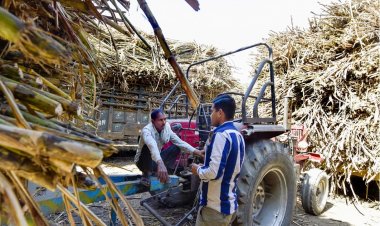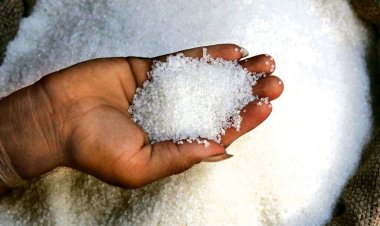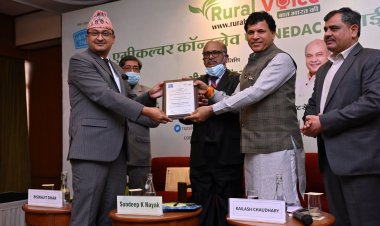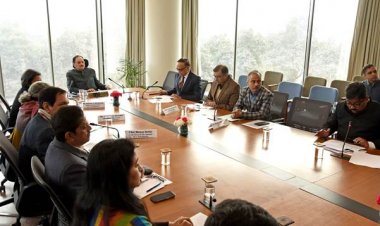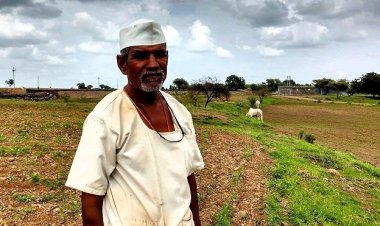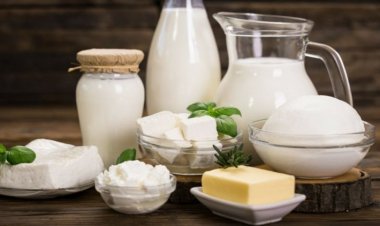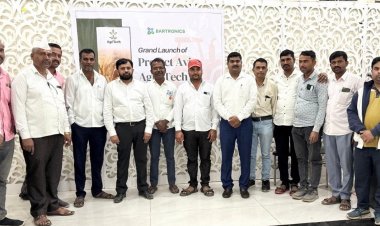Why UP is slipping behind Maharashtra in sugar
While the sugar production in UP in the current season ending Sep 30 will lag behind that in Maharashtra by 35 lt, the gap is estimated to widen to 50 lt in the next season. A major reason why there has been less of cane and sugar production in UP is that more than 80 per cent of the cane farming in the state consists of the CO-0238 variety, which is increasingly falling prey to disease outbreaks. Besides, industry sources say, other major reasons are that industries in the state are in a weaker position compared to those in Maharashtra in terms of exports, ethanol and electricity generated from bagasse. Besides, sugar mills in UP stood in arrears of Rs 4,832.49 crore to the farmers up to 1 Sep 2022.
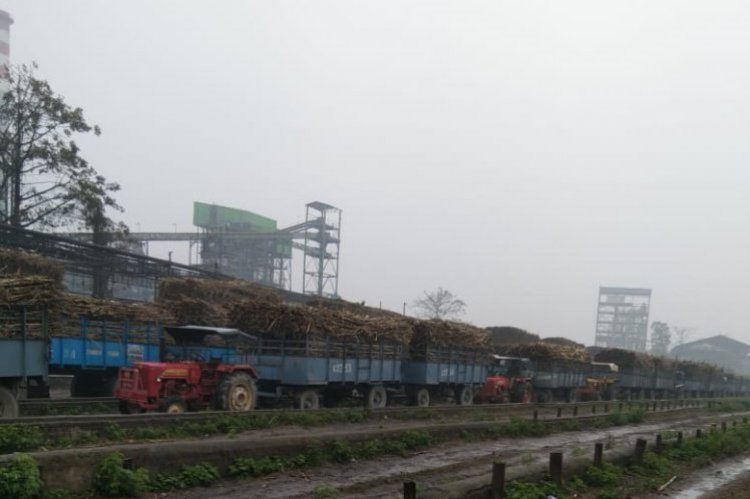
Uttar Pradesh (UP), which had the distinction of being the largest sugar producer until last year, is fast slipping behind Maharashtra. The sugar production in the state has come down to 102.50 lakh tonnes (lt) in the current season (October 2021 to September 2022) ending September 30. And it is estimated to remain in the range of 90-100 lt in the next season. On the other hand, sugar production in Maharashtra stood at 137.30 lt in the current season and is expected to exceed 150 lt in the next. Besides, sugar production is likely to reach 75 lt in a state like Karnataka in the next season. Obviously, the farmers and the sugar industry of UP both have to suffer due to the state lagging behind.
A major reason why there has been less of cane and sugar production in UP is that more than 80 per cent of the cane farming in the state consists of the CO-0238 variety, which is increasingly falling prey to disease outbreaks. Besides, industry sources say, other major reasons are that industries in the state are in a weaker position compared to those in Maharashtra in terms of exports, ethanol and electricity generated from bagasse. Due to scanty rainfall this year, cane production has been adversely affected in UP, especially in central UP. In parts of the state where farmers are ill-equipped with irrigation facilities, the adverse effect of weak rains is more pronounced.
Another major reason is the disease outbreak in the cane crop. According to industry sources, cane crop across UP is affected by the red rot disease. Some parts of the state are less affected while others are more affected. While farmers will suffer due to less production on account of this, sugar mills will be impacted by the lesser recovery of sugar.
In fact, CO-0238, which is considered to be the most successful variety of sugarcane, has been badly affected by the disease. Developed by Dr Bakshi Ram at the Coimbatore centre of the Indian Council of Agricultural Research (ICAR), this variety was released in 2009. It set new records in productivity and sugar recovery. In 2014-15, of the 21 lakh hectares (ha) of the area under sugar cane in UP, CO-0238 was planted on only 2 lakh ha, i.e., 8 per cent of the area. But its area increased soon and in 2020-21, 24 lakh ha came under this variety, i.e., 87 per cent of the total 27 lakh ha of the area that was under sugar cane in the state.
Meanwhile, the average productivity of sugar cane went up from 65.15 tonnes per hectare to 81.50 tonnes in the state. Besides, sugar recovery went up from 9.54 per cent to 11.73 per cent. But last year, it came down to 11.46 per cent. In the current season, too, recovery is estimated to go down to 11.15 per cent. That is, recovery has been going downward for two seasons.
Similarly, cane productivity, too, has reduced to 79.50 tonnes per ha in the current season. The figures for cane crushed in sugar mills also indicate this. In 2019-20, 11.28 crore tonnes of cane had been crushed, which came down to 10.28 crore tonnes in 2020-21 and further down to 10.09 crore tonnes in the current season. The total area under sugar cane was 27 lakh ha last year and 28 lakh ha this year. However, the area under CO-0238 has gone down by 5 per cent to a total of 82 per cent in the current season.
When Rural Voice spoke to senior scientists at the ICAR, they said that the state government needs to understand that any single variety should not have too large a share in the total area under a crop. The large presence of a single variety is also a major reason for disease outbreaks. Sufficient work has not been done to replace this variety. According to the scientists, 12-13 years is a long time for any variety, so a substitute needs to be adopted fast.
If sources associated with the sugar industry are to be believed, no such substitute of this variety has evolved so far as the farmers could adopt soon. The Extension Department of the state seems to be failing in this case. Replacing CO-0238 is the only solution in the prevailing circumstances, but this is possible only when the right substitute is available in terms of productivity and sugar recovery.
Sugar mills in UP say that they are slipping behind Maharashtra even in terms of exports. Sugar is being exported mostly from the mills in Maharashtra, Gujarat and Karnataka due to their proximity to ports. Of the total exports of 112 lt of sugar, UP has exported only about 10 lt while Maharashtra has exported 65 lt and Karnataka 35 lt.
The mills say that ethanol production, too, fetches them less due to the high costs that they incur. They are in a situation of loss, especially in the case of ethanol produced directly from cane juice. This will result in weaker prospects for the increase in direct ethanol production from cane juice in the state. It would be better if the Centre fixed ethanol prices on a regional basis.
Another issue pertains to the price of electricity generated by sugar mills from the surplus bagasse. Sources in UP sugar mills say that the sugar mills in the state sell about 1,200 megawatts (MW) of electricity to the Uttar Pradesh Power Corporation Limited (UPPCL), but the rates are less in comparison to those in other states. It is the Uttar Pradesh Electricity Regulatory Commission (UPERC) that has fixed low electricity rates. The industry says that at a time when bagasse prices are skyrocketing, UPERC has fixed the bagasse rate at Rs 1,010 per tonne, and electricity prices are fixed on this very basis.
The Central Electricity Regulatory Commission (CERC) has fixed the rate of bagasse at Rs 2,095 per tonne. The regulator has fixed the price at Rs 2,075 per tonne in Gujarat and Rs 2,509 per tonne in Maharashtra. The sugar mills in UP are getting less prices for electricity as bagasse prices have been made the basis.
A major problem in UP is that of timely payments of cane prices not made to the farmers. Contrary to all the claims made by the state government, farmers are not being paid cane prices in time. Farmers went on a long demonstration on this issue in the Shamli district only recently. In a letter sent to Amroha MP Kunwar Danish Ali, Union Minister of State for Consumer Affairs, Food and Civil Supply Sadhvi Niranjan Jyoti said that sugar mills in UP stood in arrears of Rs 4,832.49 crore to the farmers up to 1 September 2022. It is possible that some of these dues have been paid since, but the state government does not seem too enthusiastic about releasing the figures for the payments due. However, the industry says that most of the sugar mills have cleared their dues; only some of the groups and mills stand in arrears. Given the present income situation of the industry, it is not difficult to make timely payments to the farmers. And several groups are making the payments within 14 days of cane supply.



 Join the RuralVoice whatsapp group
Join the RuralVoice whatsapp group


















